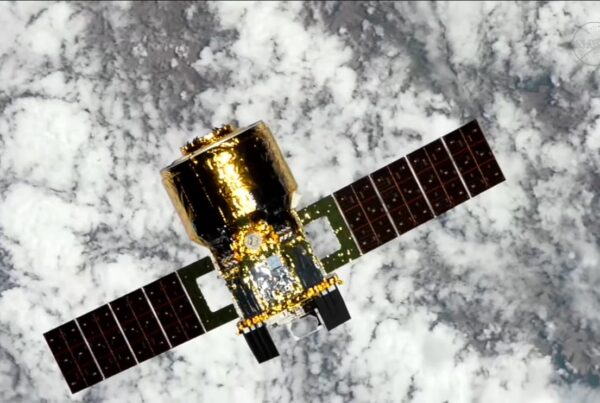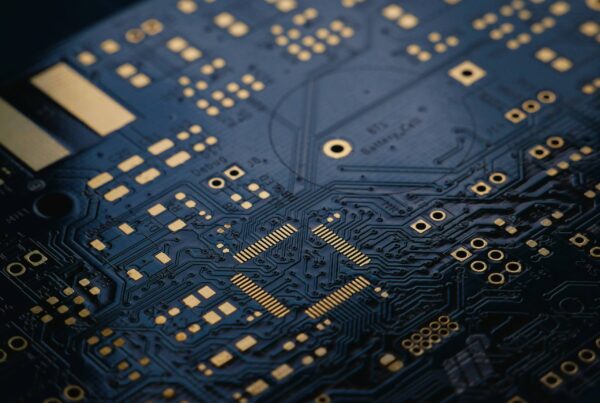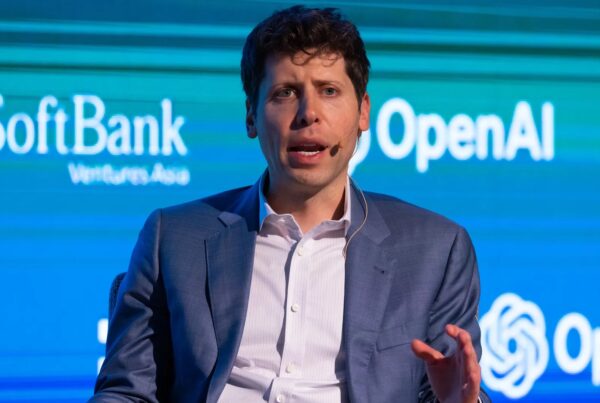YouTube AI is being used to improve the sharpness of millions of old videos that were recorded or uploaded in low quality. This step marks YouTube's major effort to harness artificial intelligence to improve the viewing experience without having to reproduce content.
This technology works with techniques. upscaling, namely the process of increasing the video resolution so that it looks clearer and more detailed. The AI system will analyze each frame, then generate a new image version with quality approaching that of a high-resolution recording.
YouTube's Efforts to Improve Content Quality.
YouTube faces a major challenge from the sheer number of old videos uploaded in the platform's early days. Most have low resolutions, ranging from 240p to 720p, which now look blurry on modern high-resolution displays.
AI-based upscaling technology
In the initial implementation, YouTube AI will focus on videos with resolutions below 1080p. AI will add visual details, improve colors, and reduce noise so that the result looks like a modern video.
This process is performed automatically without requiring the creator's intervention. Every user will experience visual enhancements while watching, especially on televisions, the web, and mobile apps.
In addition, YouTube also plans to expand its upscaling capabilities to 4K resolution. This next phase is expected to bring a new visual standard for old content, making it competitive with contemporary productions.
Impact on the Creator Ecosystem
The presence of YouTube AI is not just about visual technology, but also a form of support for millions of creators whose content was created in the past. Many veteran creators now see new opportunities because their videos can become relevant again with higher quality.
In its statement, YouTube officials emphasized that this update is intended to add value to the entire video archive that has existed since the platform's inception.
Evolution of Video Technology in the AI Era
YouTube's move to introduce AI upscaling signals a new direction for the digital content industry. The use of AI is no longer limited to creating new videos, but also to preserving and updating the legacy of old content to keep it engaging.
Global Trend of Visual Quality Improvement
In the world of technology, AI-based upscaling is not a new thing. Companies such as NVIDIA and Samsung have used similar methods in their graphics cards and smart TVs. However, implementation on the scale of YouTube has a much greater impact because it involves billions of hours of content.
External sources such as Bloomberg highlighting that this step will strengthen YouTube's position as a leader in AI-based video innovation. With billions of monthly active users, improvements in visual quality can significantly increase watch time and user satisfaction.
Challenges and Potential
Although promising, AI implementation at scale also faces challenges. The system must be able to operate quickly without reducing server performance. YouTube is building a massive data infrastructure to handle millions of simultaneous upscaling processes.
On the other hand, the success of this project can serve as a foundation for future video technology, including integration with real-time AI rendering and an increasingly immersive viewing experience.
The future of video is sharper and smarter.
The implementation of YouTube AI has proven that artificial intelligence not only creates new things, but also updates the old ones to stay relevant. For users, this means a more comfortable viewing experience. For creators, this is an opportunity to revive old works with a new look.
With this strategic move, YouTube once again strengthens its position as a pioneer of digital innovation that not only keeps up with the times but also shapes them.
Discover more from Insimen
Subscribe to get the latest posts sent to your email.










